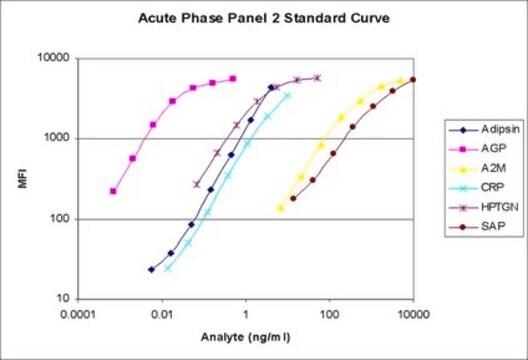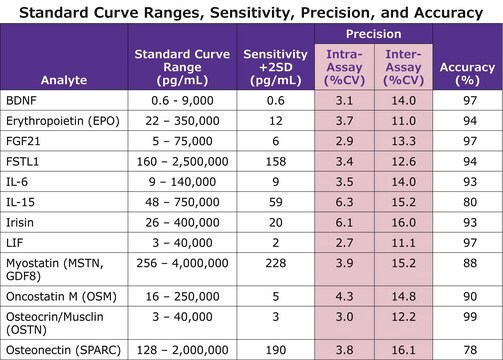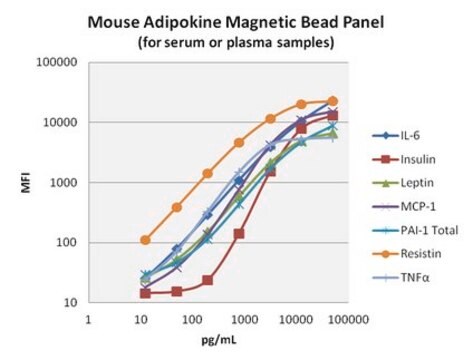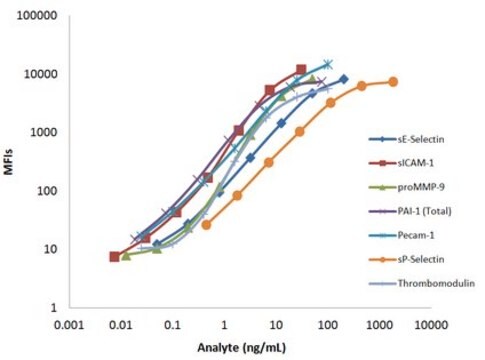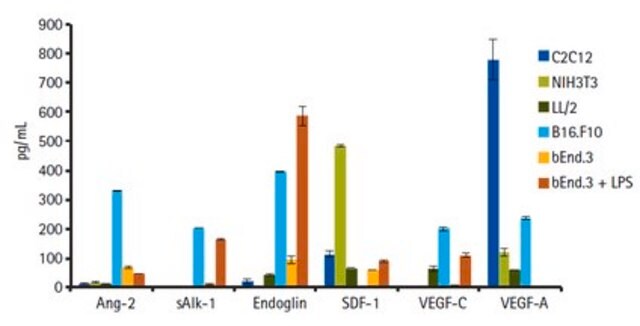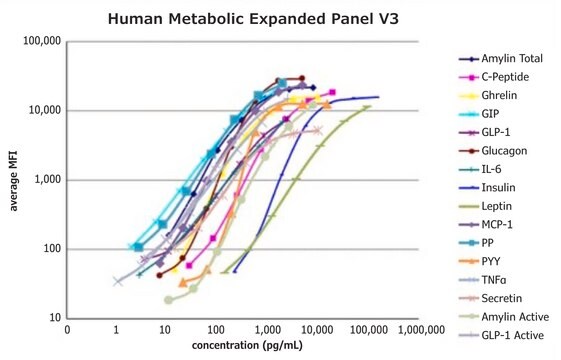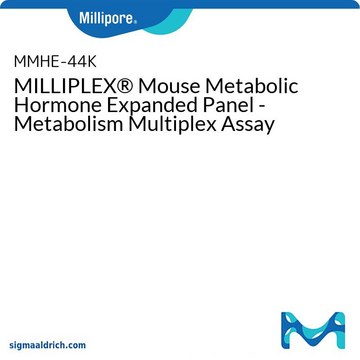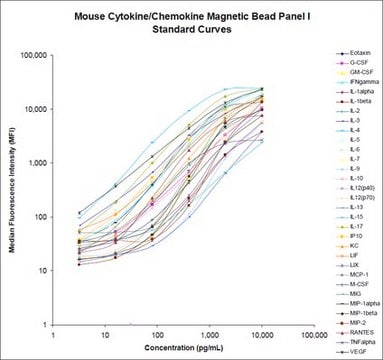MAGE1MAG-25K
MILLIPLEX® Mouse Aging Magnetic Bead Panel 1
About This Item
Empfohlene Produkte
Speziesreaktivität
mouse
Hersteller/Markenname
Milliplex®
Methode(n)
multiplexing: suitable
Nachweisverfahren
fluorometric (Luminex® xMAP®)
Lagertemp.
2-8°C
Allgemeine Beschreibung
Spezifität
Anwendung
Leistungsmerkmale und Vorteile
Lagerung und Haltbarkeit
Rechtliche Hinweise
Haftungsausschluss
Signalwort
Danger
Gefahreneinstufungen
Acute Tox. 4 Dermal - Acute Tox. 4 Inhalation - Acute Tox. 4 Oral - Aquatic Chronic 2 - Eye Dam. 1 - Skin Sens. 1 - STOT RE 2
Zielorgane
Respiratory Tract
Lagerklassenschlüssel
10 - Combustible liquids
Analysenzertifikate (COA)
Suchen Sie nach Analysenzertifikate (COA), indem Sie die Lot-/Chargennummer des Produkts eingeben. Lot- und Chargennummern sind auf dem Produktetikett hinter den Wörtern ‘Lot’ oder ‘Batch’ (Lot oder Charge) zu finden.
Besitzen Sie dieses Produkt bereits?
In der Dokumentenbibliothek finden Sie die Dokumentation zu den Produkten, die Sie kürzlich erworben haben.
Verwandter Inhalt
Myokine analysis with multiplex immunoassays, such as the MILLIPLEX® Human Myokine Panel, allow researchers to simultaneously measure multiple muscle-secreted factors, providing more insights into related diseases.
Unser Team von Wissenschaftlern verfügt über Erfahrung in allen Forschungsbereichen einschließlich Life Science, Materialwissenschaften, chemischer Synthese, Chromatographie, Analytik und vielen mehr..
Setzen Sie sich mit dem technischen Dienst in Verbindung.